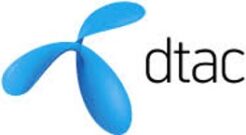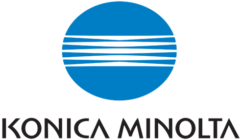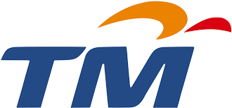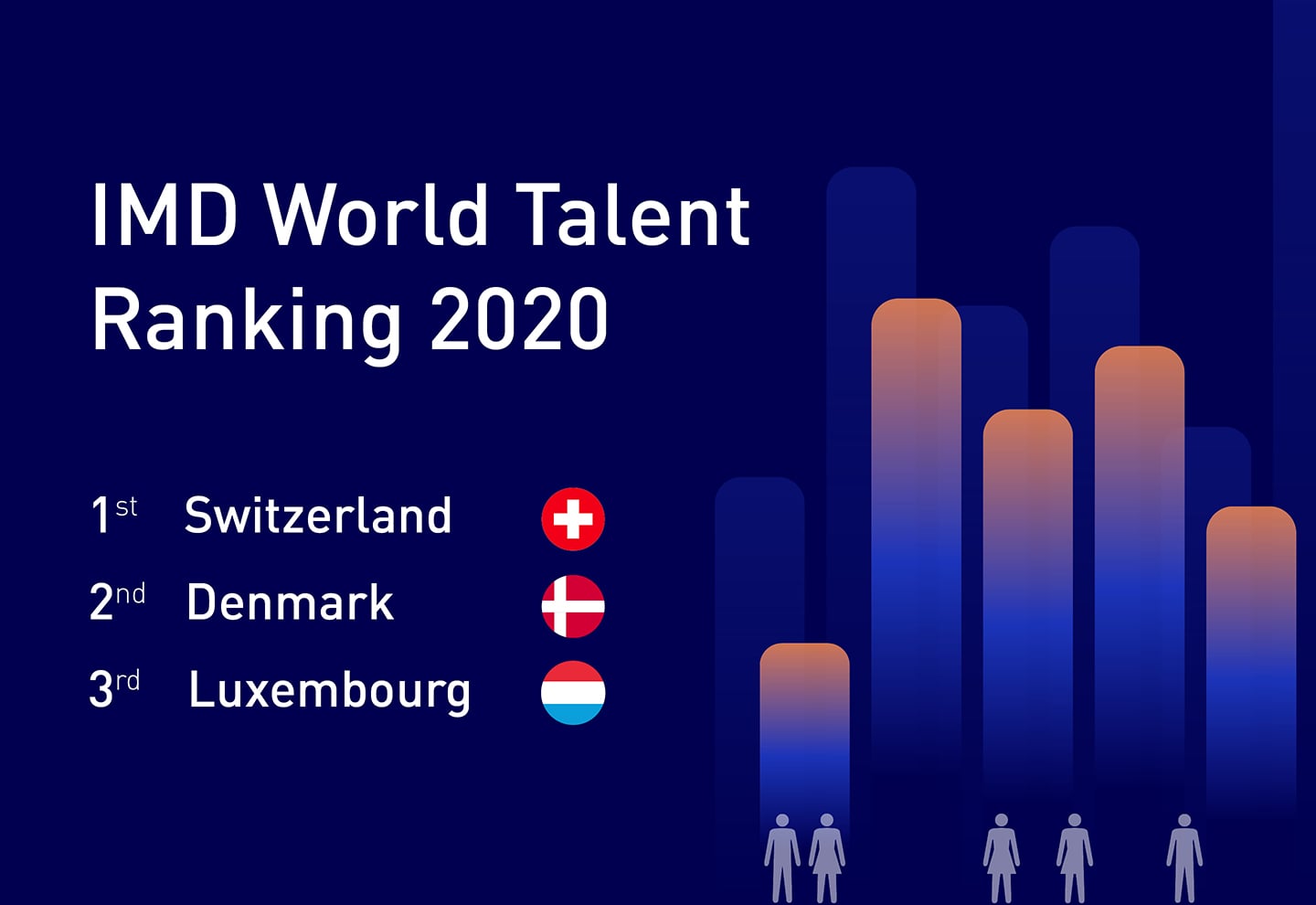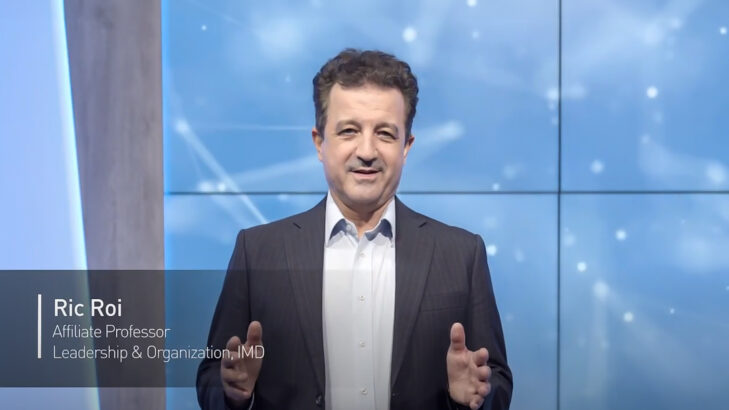


IMD Strategic Talent Development
At the top of almost every CEO’s agenda is the need to find new revenue streams through innovation – transform. Yet there is also ongoing pressure and urgency to make existing businesses more competitive and more profitable – perform.
These two processes – perform and transform – are often referred to as “dual transformation”. Business must simultaneously maximize value extracted today while laying the foundations for value creation tomorrow.
How do you develop leaders who can address this paradox? Read about how Shell, Konica Minolta, and other companies have successfully addressed the challenges of dual transformation.
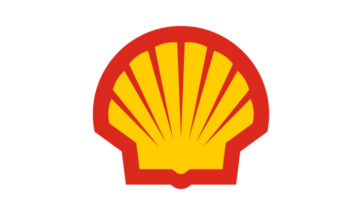
Gone are the days when succession planning was a steady process of building rich talent pools for known jobs in stable organizations.
IMD’s research suggests that only 12% of leaders demonstrate ambidexterity and the capacity for accelerated adaptation.
This talent scarcity means CEOs don’t have the leaders they need to deliver dual transformation for sustained business success.
Read more about the strategies for building future-ready leaders to meet the dual transformation challenge.
IMD’s research into leadership and assessment has highlighted a number of critical conditions that must be met for maximum impact on the talent pipeline.
- Focused on the things that will matter tomorrow, not today. Leader development pays off over years, not months.
- Targeted, based on deep insights from robust assessments with high validity and holistic perspectives across knowledge, attributes and capacity.
- Personalized, providing a multi-modal learning journey that is meaningful to the individual in their personal context and purpose.
- Holistic, engaging the wider organizational environment to facilitate enhanced application of learning on the job and embedded analytics to track impact.
These are the core tenets of IMD Strategic Talent Development.
IMD Strategic Talent, formerly known as Voyager, is based around a future-focused evidence-based model of leader performance. Our advanced algorithms and data science enable us to deal with the inherent paradox of leadership performance today: leaders who thrive are inherently dynamic.
The IMD Strategic Talent approach seeks to address accelerated adaptation to ongoing change as the key to leadership success.
Read some of our research and insights on leadership progression and talent development by the IMD strategic talent team
